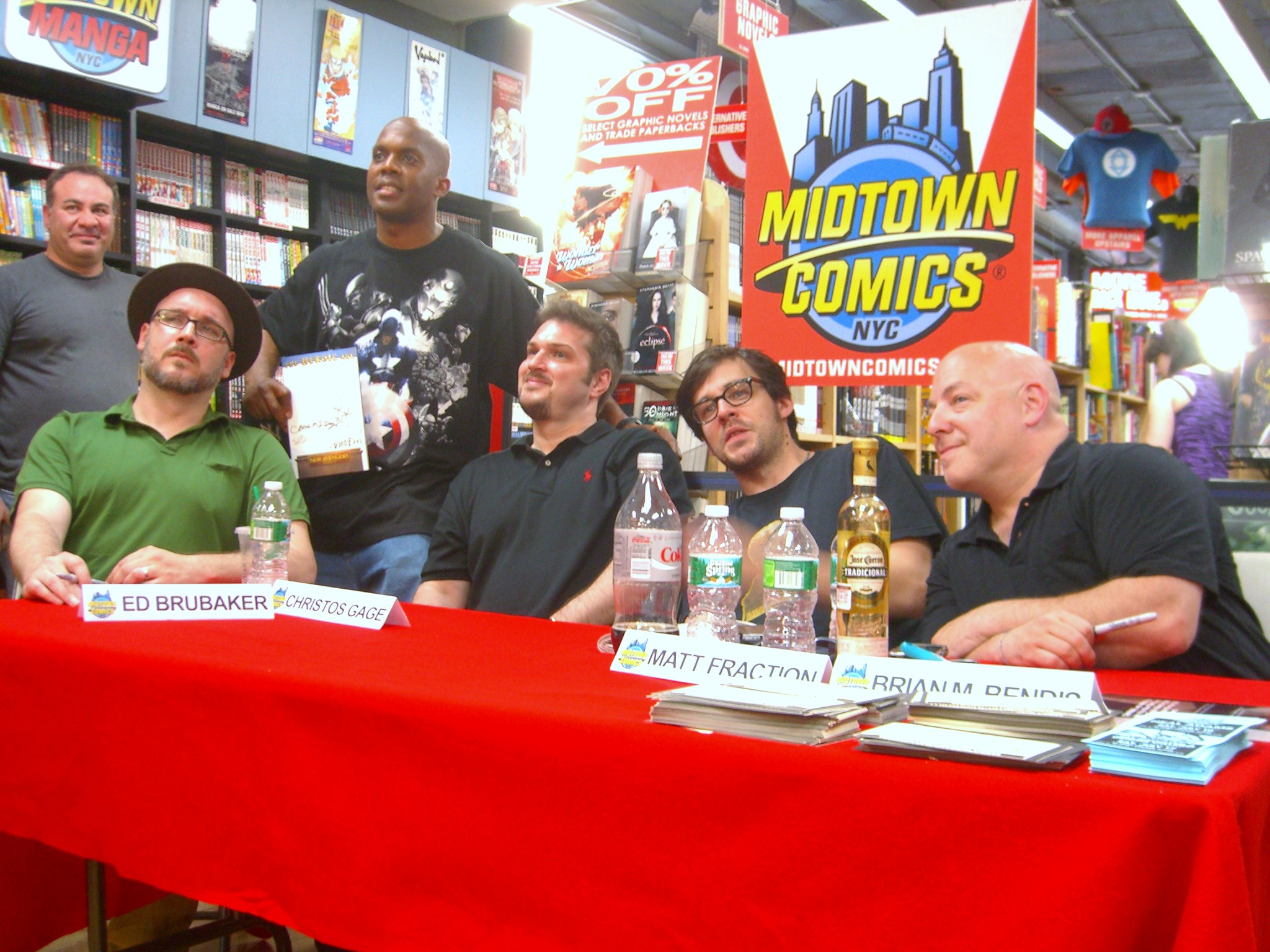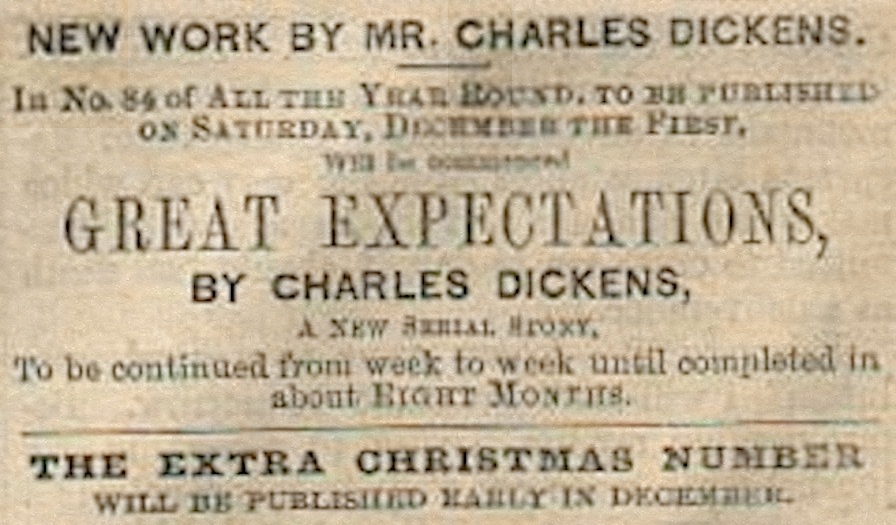|
The Scarlet Pimpernel
''The Scarlet Pimpernel'' is the first novel in a series of historical fiction by Baroness Orczy, published in 1905. It was written after her stage play of the same title (co-authored with Montague Barstow) enjoyed a long run in London, having opened in Nottingham in 1903. The novel is set during the Reign of Terror following the start of the French Revolution. The title is the ''nom de guerre'' of its hero and protagonist, a chivalrous Englishman who rescues aristocrats before they are sent to the guillotine. Sir Percy Blakeney leads a double life: apparently nothing more than a wealthy fop, but in reality a formidable swordsman and a quick-thinking master of disguise and escape artist. The band of gentlemen who assist him are the only ones who know of his secret identity. He is known by his symbol, a simple flower, the scarlet pimpernel (''Anagallis arvensis''). Opening at the New Theatre in London's West End on 5 January 1905, the play became a favourite of British audienc ... [...More Info...] [...Related Items...] OR: [Wikipedia] [Google] [Baidu] |
Baroness Orczy
Baroness Emma Orczy (full name: Emma Magdolna Rozália Mária Jozefa Borbála Orczy de Orci) (; 23 September 1865 – 12 November 1947), usually known as Baroness Orczy (the name under which she was published) or to her family and friends as Emmuska Orczy, was a Hungarian-born British novelist and playwright. She is best known for her series of novels featuring the Scarlet Pimpernel, the alter ego of Sir Percy Blakeney, a wealthy English fop who turns into a quick-thinking escape artist in order to save French aristocrats from "Madame Guillotine" during the French Revolution, establishing the "hero with a secret identity" in popular culture. Opening in London's West End on 5 January 1905, ''The Scarlet Pimpernel'' became a favourite of British audiences. Some of Orczy's paintings were exhibited at the Royal Academy in London. During World War I, she formed the Women of England's Active Service League, an unofficial organisation aimed at encouraging women to persuade men to v ... [...More Info...] [...Related Items...] OR: [Wikipedia] [Google] [Baidu] |
Spider (pulp Fiction)
The Spider is an American pulp-magazine hero of the 1930s and 1940s. The character was created by editor Harry Steeger and written by a variety of authors for 118 monthly issues of ''The Spider'' from 1933 to 1943. A 119th Spider novel manuscript, ''Slaughter Incorporated'', had been completed but was not published until decades later. A complete list of all 119 Spider pulps in the original series is available online at fan sites. ''The Spider'' sold well during the 1930s, and copies are valued by modern pulp magazine collectors. Hulse has stated "Today, hero-pulp fans value ''The Spider'' more than any single-character magazine except for ''The Shadow'' and ''Doc Savage''."Ed Hulse, ''The Blood 'n' Thunder Guide to Collecting Pulps''. Murania Press, 2009, (pp. 78-82). Creation and publication history The Spider was created in 1933 by Harry Steeger at Popular Publications as direct competition to Street and Smith Publications' vigilante hero, the Shadow. Steeger said he got the ... [...More Info...] [...Related Items...] OR: [Wikipedia] [Google] [Baidu] |
Secret Society
A secret society is a club or an organization whose activities, events, inner functioning, or membership are concealed. The society may or may not attempt to conceal its existence. The term usually excludes covert groups, such as intelligence agencies or guerrilla warfare insurgencies, that hide their activities and memberships but maintain a public presence. Definitions The exact qualifications for labeling a group a secret society are disputed, but definitions generally rely on the degree to which the organization insists on secrecy, and might involve the retention and transmission of secret knowledge, the denial of membership or knowledge of the group, the creation of personal bonds between members of the organization, and the use of secret rites or rituals which solidify members of the group. Anthropologically and historically, secret societies have been deeply interlinked with the concept of the Männerbund, the all-male "warrior-band" or "warrior-society" of pre-modern cu ... [...More Info...] [...Related Items...] OR: [Wikipedia] [Google] [Baidu] |
Dandy
A dandy is a man who places particular importance upon physical appearance, refined language, and leisurely hobbies, pursued with the appearance of nonchalance. A dandy could be a self-made man who strove to imitate an aristocratic lifestyle despite coming from a middle-class background, especially in late 18th- and early 19th-century Britain. Previous manifestations of the ''petit-maître'' (French for "small master") and the Muscadin have been noted by John C. Prevost, but the modern practice of dandyism first appeared in the revolutionary 1790s, both in London and in Paris. The dandy cultivated cynical reserve, yet to such extremes that novelist George Meredith, himself no dandy, once defined cynicism as "intellectual dandyism". Some took a more benign view; Thomas Carlyle wrote in ''Sartor Resartus'' that a dandy was no more than "a clothes-wearing man". Honoré de Balzac introduced the perfectly worldly and unmoved Henri de Marsay in '' La fille aux yeux d'or'' (1835), a part ... [...More Info...] [...Related Items...] OR: [Wikipedia] [Google] [Baidu] |
Guillotine
A guillotine is an apparatus designed for efficiently carrying out executions by beheading. The device consists of a tall, upright frame with a weighted and angled blade suspended at the top. The condemned person is secured with stocks at the bottom of the frame, positioning the neck directly below the blade. The blade is then released, swiftly and forcefully decapitating the victim with a single, clean pass so that the head falls into a basket or other receptacle below. The guillotine is best known for its use in France, particularly during the French Revolution, where the revolution's supporters celebrated it as the people's avenger and the revolution's opponents vilified it as the pre-eminent symbol of the violence of the Reign of Terror. While the name "guillotine" itself dates from this period, similar devices had been in use elsewhere in Europe over several centuries. The use of an oblique blade and the stocks set this type of guillotine apart from others. The display o ... [...More Info...] [...Related Items...] OR: [Wikipedia] [Google] [Baidu] |
Baronet
A baronet ( or ; abbreviated Bart or Bt) or the female equivalent, a baronetess (, , or ; abbreviation Btss), is the holder of a baronetcy, a hereditary title awarded by the British Crown. The title of baronet is mentioned as early as the 14th century, however in its current usage was created by James VI and I, James I of England in 1611 as a means of raising funds for the crown. A baronetcy is the only British Hereditary title, hereditary honour that is not a peerages in the United Kingdom, peerage, with the exception of the Anglo-Irish Knight of Glin, Black Knights, White Knight (Fitzgibbon family), White Knights, and Knight of Kerry, Green Knights (of whom only the Green Knights are extant). A baronet is addressed as "Sir" (just as is a knight) or "Dame" in the case of a baronetess, but ranks above all knighthoods and damehoods in the Orders of precedence in the United Kingdom, order of precedence, except for the Order of the Garter, the Order of the Thistle, and the dormant ... [...More Info...] [...Related Items...] OR: [Wikipedia] [Google] [Baidu] |
Fred Terry In The Scarlet Pimpernel Crop
Fred may refer to: People * Fred (name), including a list of people and characters with the name Mononym * Fred (cartoonist) (1931–2013), pen name of Fred Othon Aristidès, French * Fred (footballer, born 1949) (1949–2022), Frederico Rodrigues de Oliveira, Brazilian * Fred (footballer, born 1979), Helbert Frederico Carreiro da Silva, Brazilian * Fred (footballer, born 1983), Frederico Chaves Guedes, Brazilian * Fred (footballer, born 1986), Frederico Burgel Xavier, Brazilian * Fred (footballer, born 1993), Frederico Rodrigues de Paula Santos, Brazilian * Fred Again (born 1993), British songwriter known as FRED Television and movies * ''Fred Claus'', a 2007 Christmas film * ''Fred'' (2014 film), a 2014 documentary film * Fred Figglehorn, a YouTube character created by Lucas Cruikshank ** ''Fred'' (franchise), a Nickelodeon media franchise ** '' Fred: The Movie'', a 2010 independent comedy film * '' Fred the Caveman'', French Teletoon production from 2002 * Fred Flintsto ... [...More Info...] [...Related Items...] OR: [Wikipedia] [Google] [Baidu] |
Flowers March 2008-19
A flower, sometimes known as a bloom or blossom, is the reproductive structure found in flowering plants (plants of the division Angiospermae). The biological function of a flower is to facilitate reproduction, usually by providing a mechanism for the union of sperm with eggs. Flowers may facilitate outcrossing (fusion of sperm and eggs from different individuals in a population) resulting from cross-pollination or allow selfing (fusion of sperm and egg from the same flower) when self-pollination occurs. There are two types of pollination: self-pollination and cross-pollination. Self-pollination occurs when the pollen from the anther is deposited on the stigma of the same flower, or another flower on the same plant. Cross-pollination is when pollen is transferred from the anther of one flower to the stigma of another flower on a different individual of the same species. Self-pollination happens in flowers where the stamen and carpel mature at the same time, and are positioned so ... [...More Info...] [...Related Items...] OR: [Wikipedia] [Google] [Baidu] |
Marvel Comics
Marvel Comics is an American comic book publishing, publisher and the flagship property of Marvel Entertainment, a divsion of The Walt Disney Company since September 1, 2009. Evolving from Timely Comics in 1939, ''Magazine Management/Atlas Comics'' in 1951 and its predecessor, ''Marvel Mystery Comics'', the ''Marvel Comics'' title/name/brand was first used in June 1961. Marvel was started in 1939 by Martin Goodman (publisher), Martin Goodman as Timely Comics, and by 1951 had generally become known as Atlas Comics (1950s), Atlas Comics. The Marvel era began in June 1961 with the launch of ''The Fantastic Four'' and other superhero titles created by Stan Lee, Jack Kirby, Steve Ditko and many others. The Marvel brand, which had been used over the years and decades, was solidified as the company's primary brand. Marvel counts among List of Marvel Comics characters, its characters such well-known superheroes as Spider-Man, Iron Man, Captain America, Thor (Marvel Comics), Thor, Doc ... [...More Info...] [...Related Items...] OR: [Wikipedia] [Google] [Baidu] |
Stan Lee
Stan Lee (born Stanley Martin Lieber ; December 28, 1922 – November 12, 2018) was an American comic book writer, editor, publisher, and producer. He rose through the ranks of a family-run business called Timely Publications which would later become Marvel Comics. He was the primary creative leader for two decades, leading its expansion from a small division of a publishing house to a multimedia corporation that dominated the comics and film industries. In collaboration with others at Marvel—particularly co-writers/artists Jack Kirby and Steve Ditko—he co-created iconic characters, including superheroes Spider-Man, the X-Men, Iron Man, Thor, the Hulk, Ant-Man, the Wasp, the Fantastic Four, Black Panther, Daredevil, Doctor Strange, the Scarlet Witch, and Black Widow. These and other characters' introductions in the 1960s pioneered a more naturalistic approach in superhero comics, and in the 1970s Lee challenged the restrictions of the Comics Code Authority, ... [...More Info...] [...Related Items...] OR: [Wikipedia] [Google] [Baidu] |
Serial (literature)
In literature, a serial is a printing or publishing format by which a single larger work Work may refer to: * Work (human activity), intentional activity people perform to support themselves, others, or the community ** Manual labour, physical work done by humans ** House work, housework, or homemaking ** Working animal, an animal t ..., often a work of narrative fiction, is published in smaller, sequential instalments. The instalments are also known as ''numbers'', ''parts'' or ''fascicles'', and may be released either as separate publications or within sequential issues of a periodical publication, such as a magazine or newspaper. Serialisation can also begin with a single short story that is subsequently turned into a series. Historically, such series have been published in periodicals. Popular short-story series are often published together in book form as collections. Early history The growth of moveable type in the 17th century prompted episodic and often disconnec ... [...More Info...] [...Related Items...] OR: [Wikipedia] [Google] [Baidu] |
Trope (literature)
A literary trope is the use of figurative language, via word, phrase or an image, for artistic effect such as using a figure of speech. Keith and Lundburg describe a trope as, "a substitution of a word or phrase by a less literal word or phrase." The word ''trope'' has also come to be used for describing commonly recurring or overused literary and rhetorical devices, motifs or clichés in creative works. Literary tropes span almost every category of writing, such as poetry, film, plays, and video games. Origins The term ''trope'' derives from the Greek (''tropos''), "turn, direction, way", derived from the verb τρέπειν (''trepein''), "to turn, to direct, to alter, to change". Tropes and their classification were an important field in classical rhetoric. The study of tropes has been taken up again in modern criticism, especially in deconstruction. Tropological criticism (not to be confused with tropological reading, a type of biblical exegesis) is the historical study of ... [...More Info...] [...Related Items...] OR: [Wikipedia] [Google] [Baidu] |









